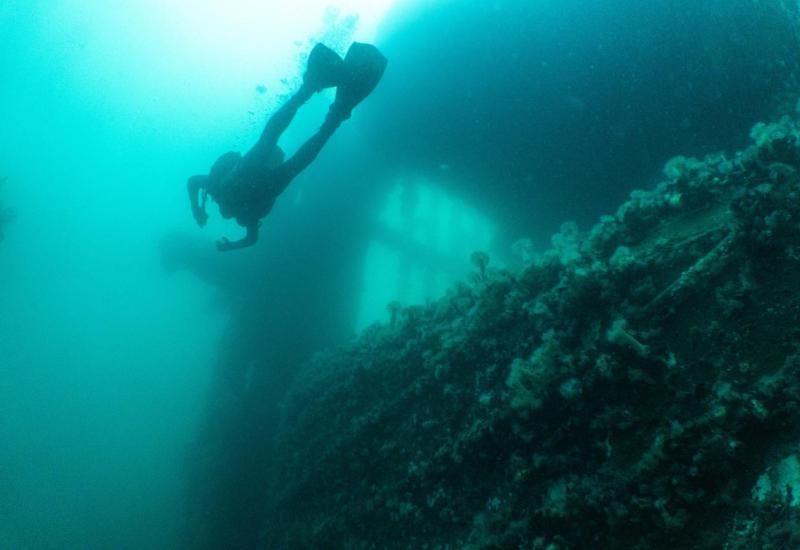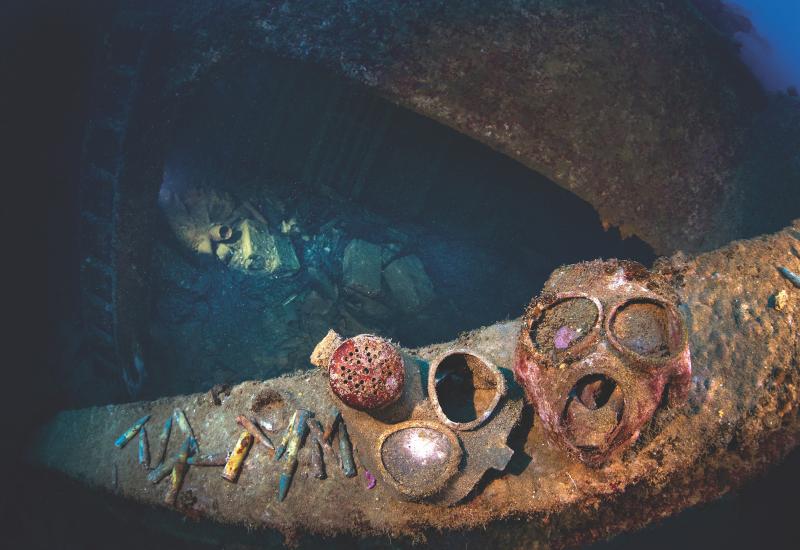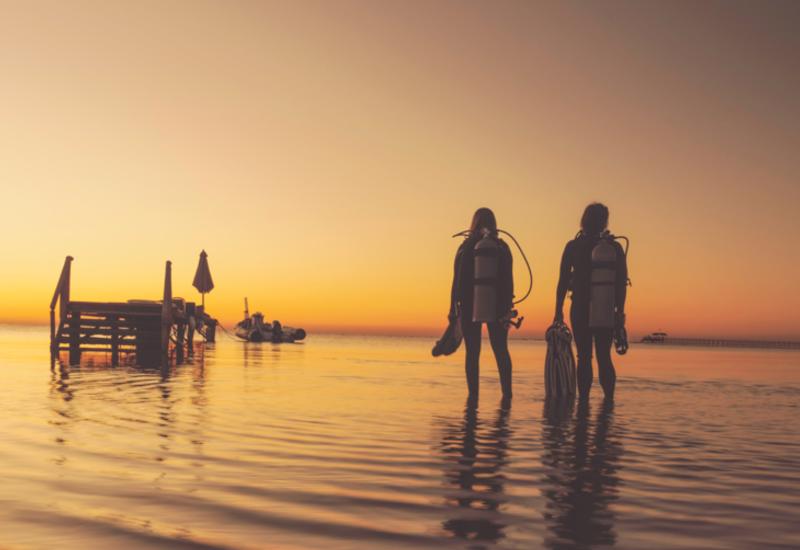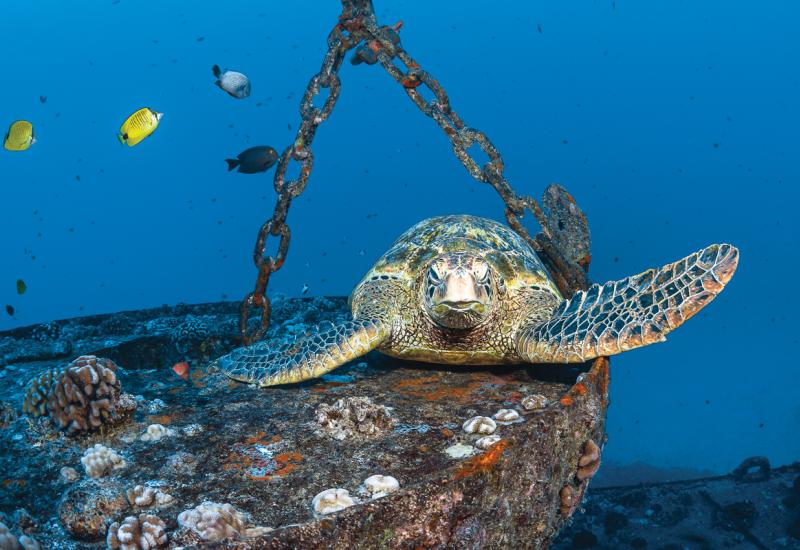History of Bonaire's Hilma Hooker Shipwreck
Bonaire has more than 60 officially listed dive sites. The many offerings of this shore diver’s paradise are well-known, especially the infamous cargo-ship-turned-drug-smuggler, the Hilma Hooker.
The origins of this popular dive site are the stuff of diving folklore — you’ll never hear the whole tale the same way twice. Read on to find out how this drug-smuggling vessel caught up in red-tape and legal limbo found its way to the ocean floor and the hearts of Bonaire’s divers.
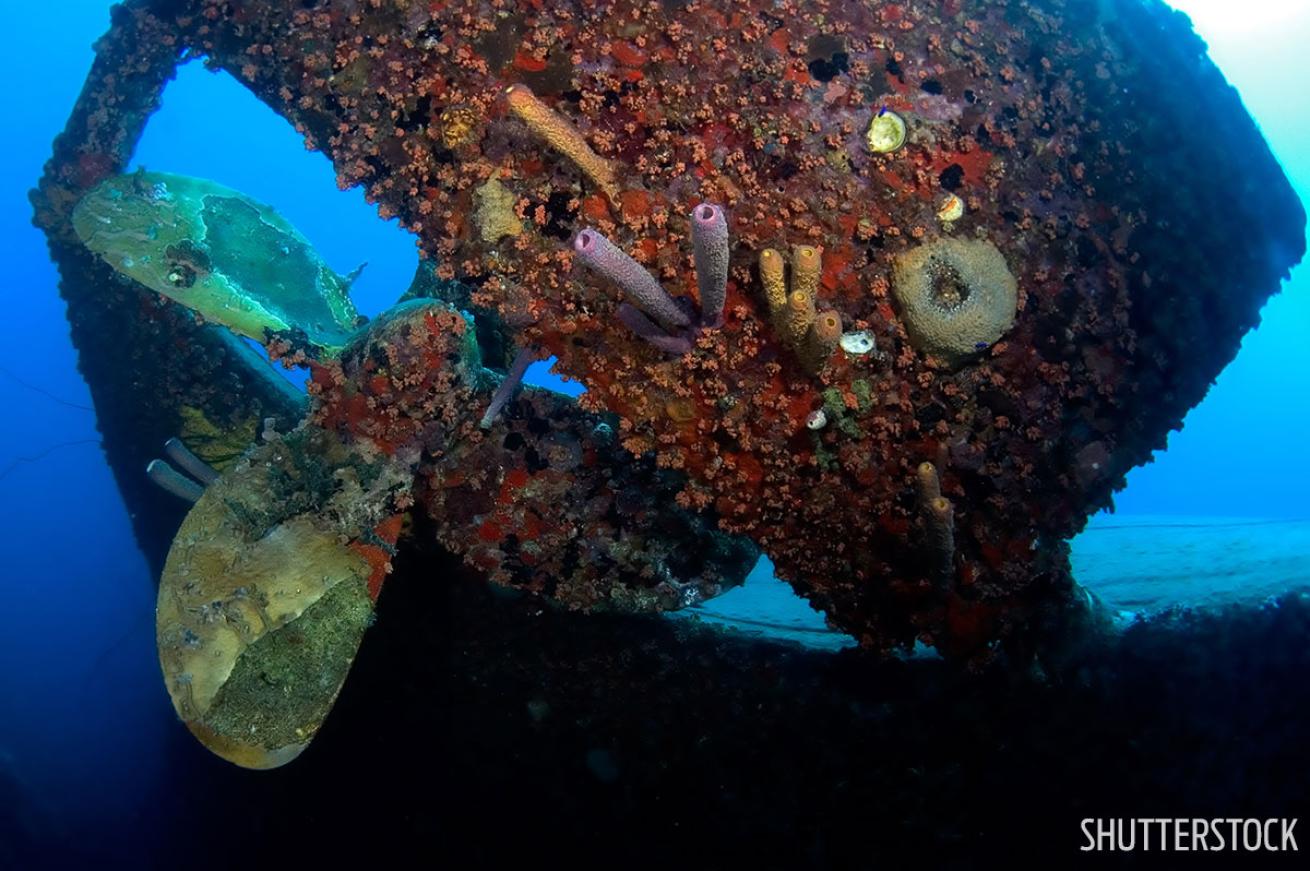
ShutterstockThe origin of the Hilma Hooker is the stuff of scuba diving folklore — you'll never hear the sordid tale the same way twice.
Hilma Hooker's History On The Water
The Hilma Hooker is a 236-foot Dutch freighter built in Krimpen aan den IJssel, the Netherlands. It was originally christened the Midsland on May 20, 1951.
According to the General Marine Merchant Index of Colombia, it was owned by the shipping company N.V. Scheepvaart En Steenkolen Maatschappij for 13 years before being sold to another shipping line and renamed the Mistral.
This ship would change hands — and names — multiple times over the next two decades.
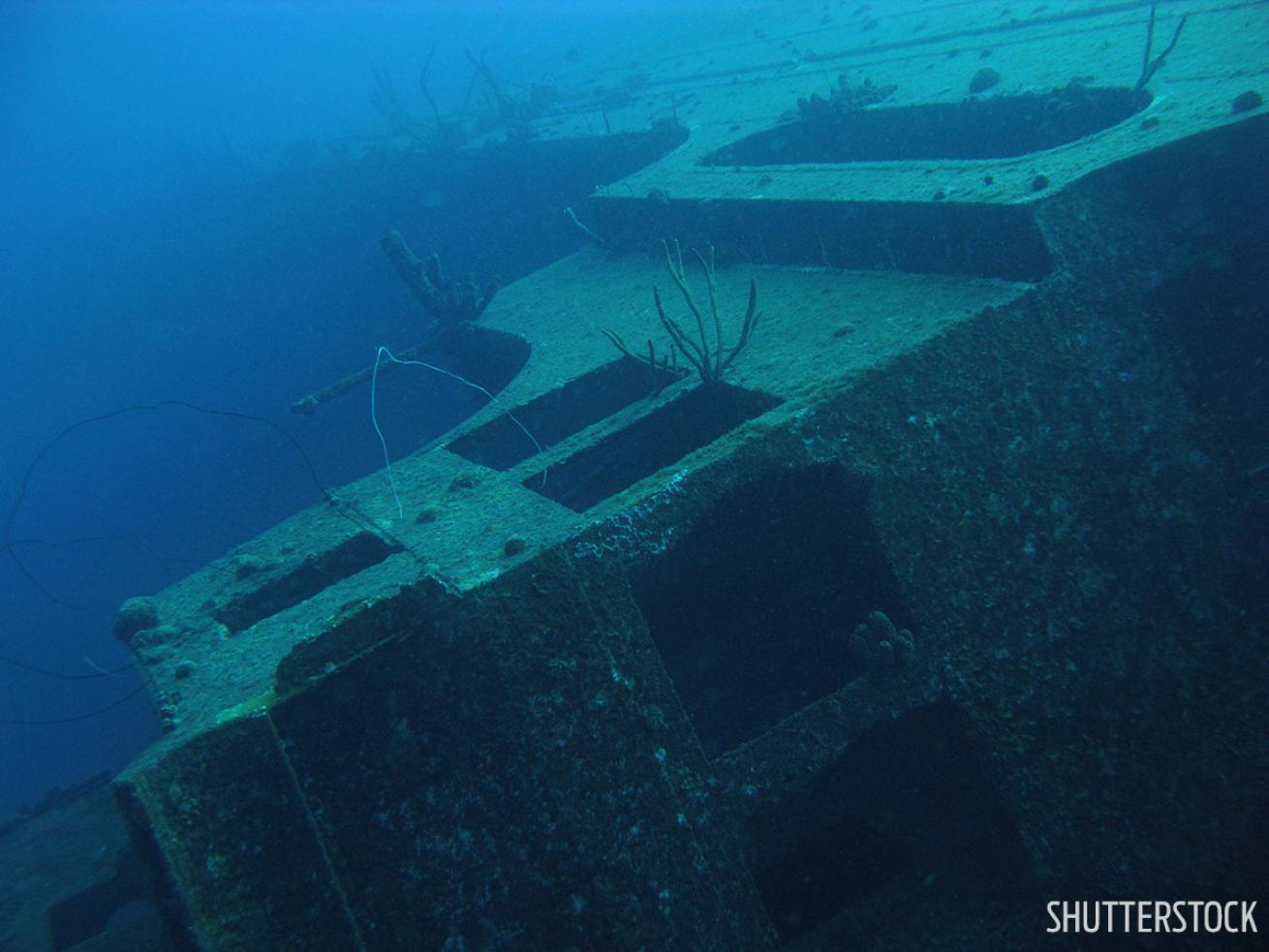
ShutterstockThe Hilma Hooker was confiscated after 25,000 pounds of marijuana were found hidden onboard.
On July 18, 1975, the Hooker, then known as the William Express, foreshadowed its eventual fate when it sank off Santa Bãrbara de Samanã in the Dominican Republic. But it was raised from an early grave and sold once more and renamed the Anna C.
The last registered company to own the ship, the San Andres Export & Import Company in San Andres, Colombia, purchased the Doric Express in 1979 and gave it the now famous moniker, Hilma Hooker.
Less than five years later, in the summer of 1984, the Hooker faced technical difficulties off the coast of Bonaire — whether problems with steerage or an engine failure is a matter of debate — and was towed into the main port of Kralendijk.
Authorities became suspicious of the ship when the crew failed to produce papers for Customs immigrations officials, though, depending on whom you ask, it could also have been an inside tip or simply the ship’s colorful name that prompted the increased scrutiny.
According to the National Underwater and Marine Agency, when the port authorities ran the ship through Interpol as a suspect for drug trafficking, they found both Interpol and the FBI had been tracking the vessel for months as a potential drug runner — prompting a thorough search.
Though tales tend to disagree on what exactly was the key evidence that tipped off the authorities, the result of their search is consistent from one to the next: 25,000 pounds of marijuana were found stashed behind a false bulkhead. The crew was arrested and the ship was impounded at the dock on June 6, 1984.
The Hilma Hooker's Delicate Situation
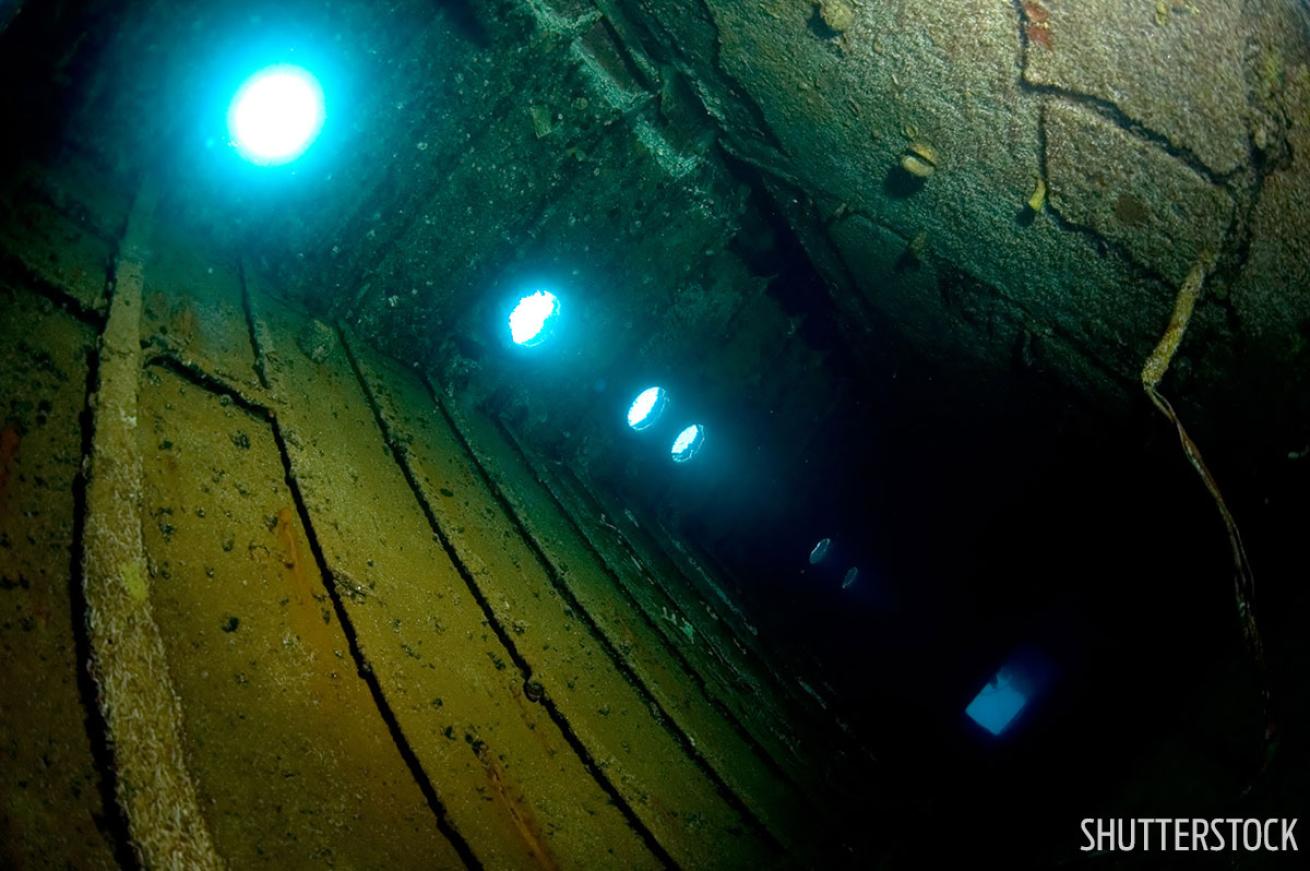
ShutterstockScuba divers can explore the inside of Hilma Hooker, but should exercise caution. This wreck was not made accessible for divers prior to sinking.
One of the most in-depth accounts of the Hooker’s troubled months prior to sinking comes from Bruce Bowker, of Bruce Bowker’s Carib Inn. According to Bowker, local dive operators were quick to recognize the gift that the tide had left on their doorstep and appealed to the government to use the ship to create a new dive site. Despite an outpouring of public support, nothing could be done. The Hilma Hooker was evidence in an active case for the Attorney General’s office of the Netherland Antilles. And if the owners were found not guilty, the ship would need to be returned in the same condition as when the authorities confiscated it — something that would be hard to do if the ship was sitting on the sea floor.
Unfortunately for the government, the owners had no interest in stepping forward in claiming their vessel and facing charges. Which also meant no one was paying for maintaining the ship in the meantime — not that it appeared anyone had been taking care of it previously. The poor ship had seen better days and its leaky hull required it to be pumped of water just to keep it afloat. Maintaining the defunct smuggling ship was quickly becoming costly and potentially dangerous — years of neglect had the Hooker poised to go down right at the pier.
As the difficulties of harboring the ship became apparent, a decision was made to move the ship elsewhere while the lengthy legal proceedings dragged on. The government and Bonaire's Tourism Bureau called a meeting with local dive operators to find a more suitable spot to anchor the vessel. That way if — or more likely, when — it did succumb to the sea, it wouldn’t cause a navigational nightmare or crush the coral reef, and it would make a suitable wreck dive.
The ship was moved to a new anchorage next to a dive site called Angel City on September 7, 1984. It would struggle to remain afloat there for five more days.
The Sinking Of The Hilma Hooker
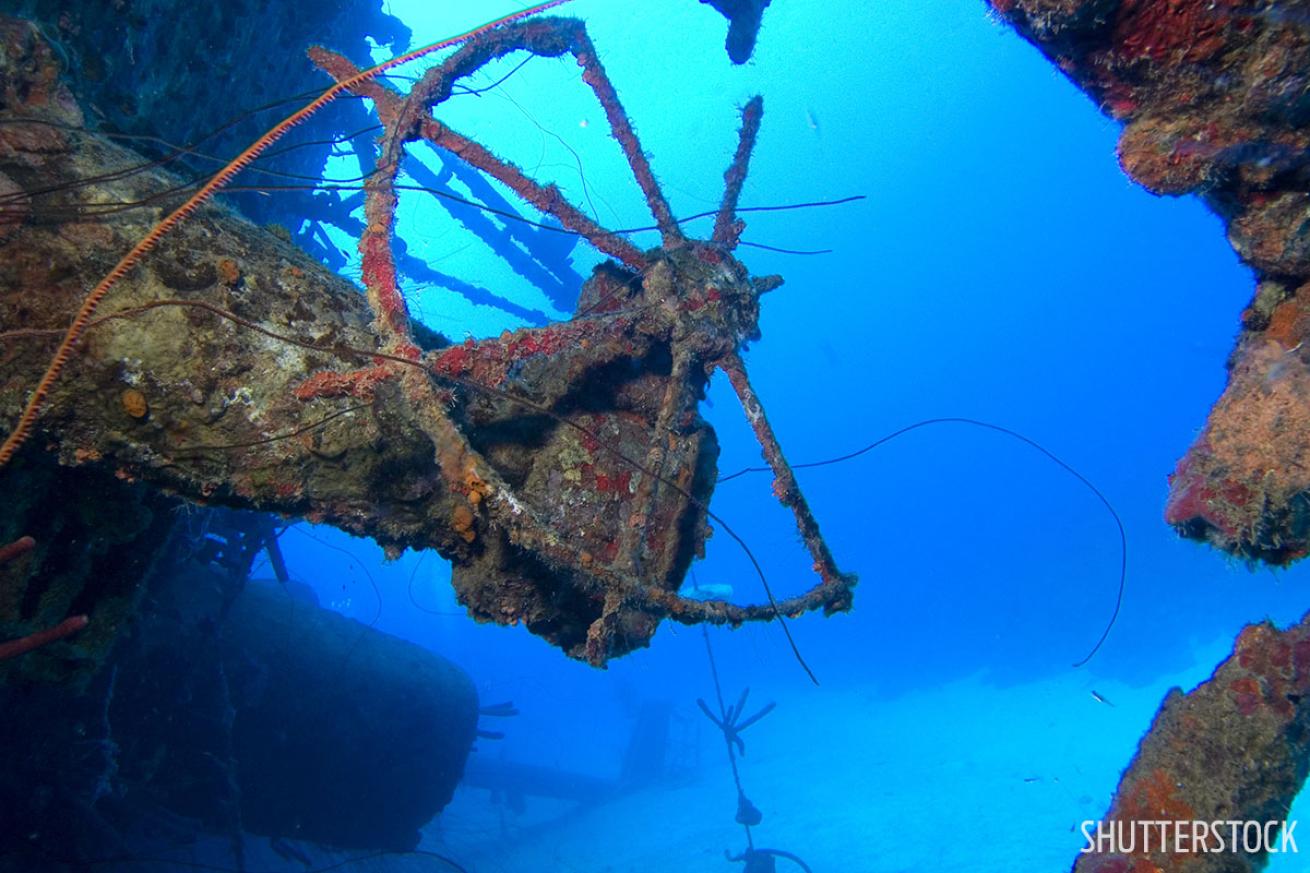
ShutterstockThe Hilma Hooker sank quickly and came to rest on its starboard side.
On September 12, 1984, the ship began taking on water. Its pumps had failed, and the Hilma Hooker began to sink. At 9:08 a.m. she rolled over onto her starboard side and slipped beneath the surface two minutes later.
There were few people gathered for the occasion. As Bowker puts it, “There was no fanfare, because it was not legally intended that the ship should sink.”
But sink it did — and with enough pre-planning that claiming the Hooker was a natural wreck seems a little inaccurate, but calling it purpose-sunk stretches the truth just as far.
The location of the wreck was essentially hand-picked for scuba divers; it’s within swimming distance of shore, next to two coral reefs and within recreational limits. When the ship sank, there was little fuel or oil in its tanks to pollute the surrounding water — fortuitous coincidence or a foresighted conspiracy? Rumor suggests that the pumps that kept the leaky ship afloat didn’t malfunction, but were deliberately sabotaged by impatient divers.
Where does the truth lie? Only the Hilma Hooker could say for sure, and it took its secrets to its watery grave.
Scuba Diving On The Hilma Hooker
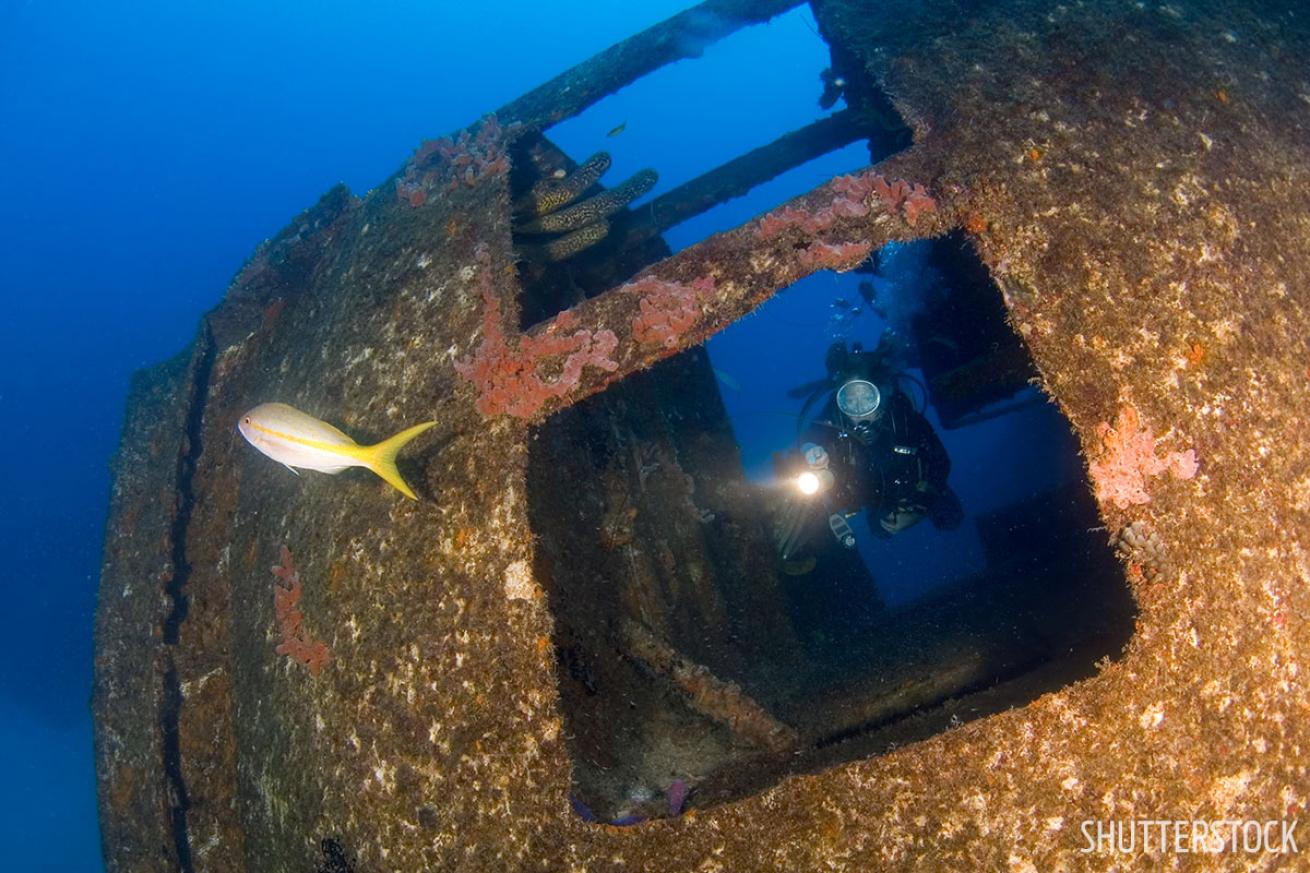
ShutterstockThe Hilma Hooker can be enjoyed by scuba divers of all skill levels.
The Hilma Hooker lies on its starboard side with its bow facing south and the stern — complete with its rudder and propeller — pointing north. With a length of 236 feet and a beam of 36 feet, this wreck offers ample deck space to explore for divers of all skill levels. The shipwreck has two large deckhouses, a galley, crew quarters, wheelhouse, chart room and a large empty cargo hold.
Penetration should be left to experienced wreck divers. Because the ship was evidence in a criminal case it couldn’t be touched. This meant that it was never made accessible for scuba divers prior to sinking — furniture, debris, heavy steel doors and other potential hazards wait inside. The engine room, below the aft deckhouse, is especially dangerous due to many entanglement hazards, low visibility and a lack of natural light penetration, and should be avoided.
Marine life can be found all over the wreck. Yellow snapper, parrotfish, angelfish and shrimp can be found among the deck. Tarpon and barracuda are also seen along the sunken smuggler. Massive sponges have accumulated on the propeller blades, and large purple tube sponges and tubastrea corals grow along the hull. You can also find garden eels along the sandy ocean floor and even more marine life on the two reefs on either side of the ship.
The Hooker is accessible by boat thanks to numerous moorings as well as by shore — just look for the yellow rock emblazoned with its name. If you visit early in the morning before the dive boats arrive, or later in the afternoon after they’ve moved to shallower sites, you’re likely to have the ship all to yourself.
Depth: The mast of the ship reaches just shy of 100 feet, while the port side sits about 60 feet below the surface.
Visibility: Usually exceeds 100 feet.
Temperature: Averages in the 80s.
Need To Know: Hilma Hooker is part of the Bonaire National Marine Park so all park rules and regulations must be followed while scuba diving. This includes paying $25 for a tag, which is required for all divers.
Operators: Buddy Dive, Bruce Bowker's Carib Inn
Want more wrecks?

